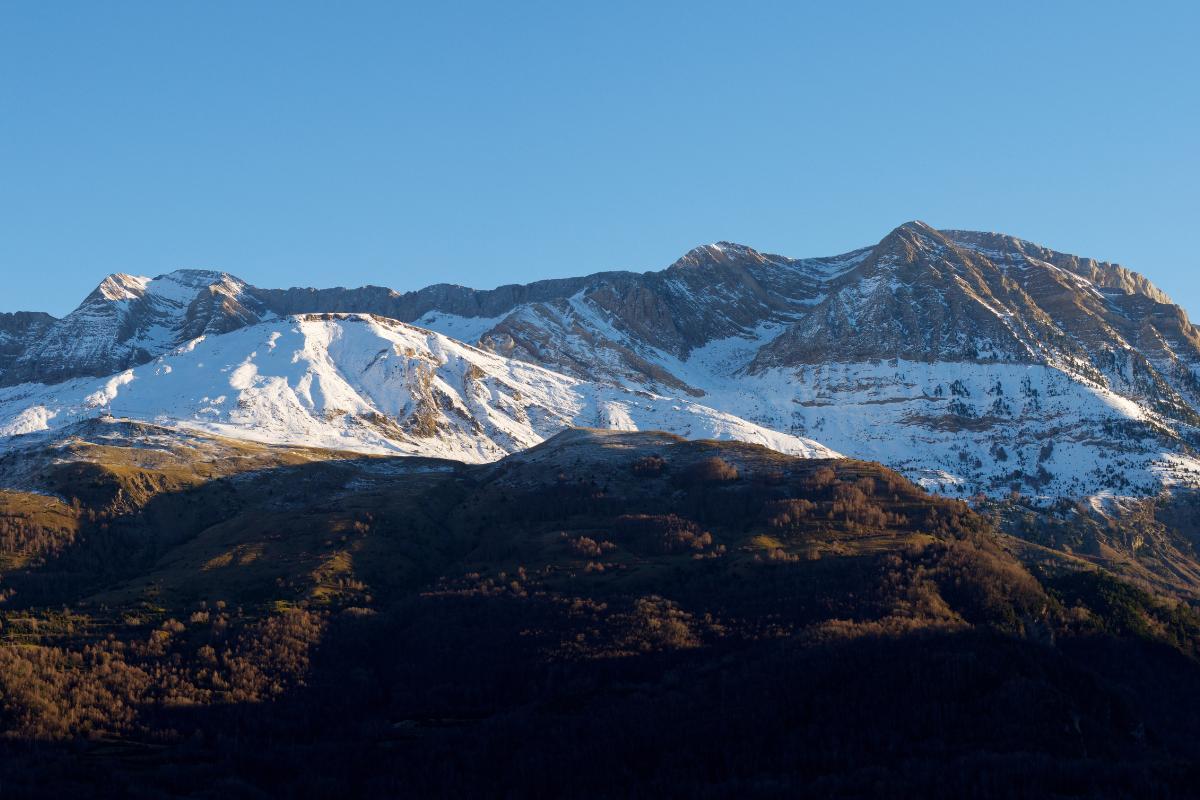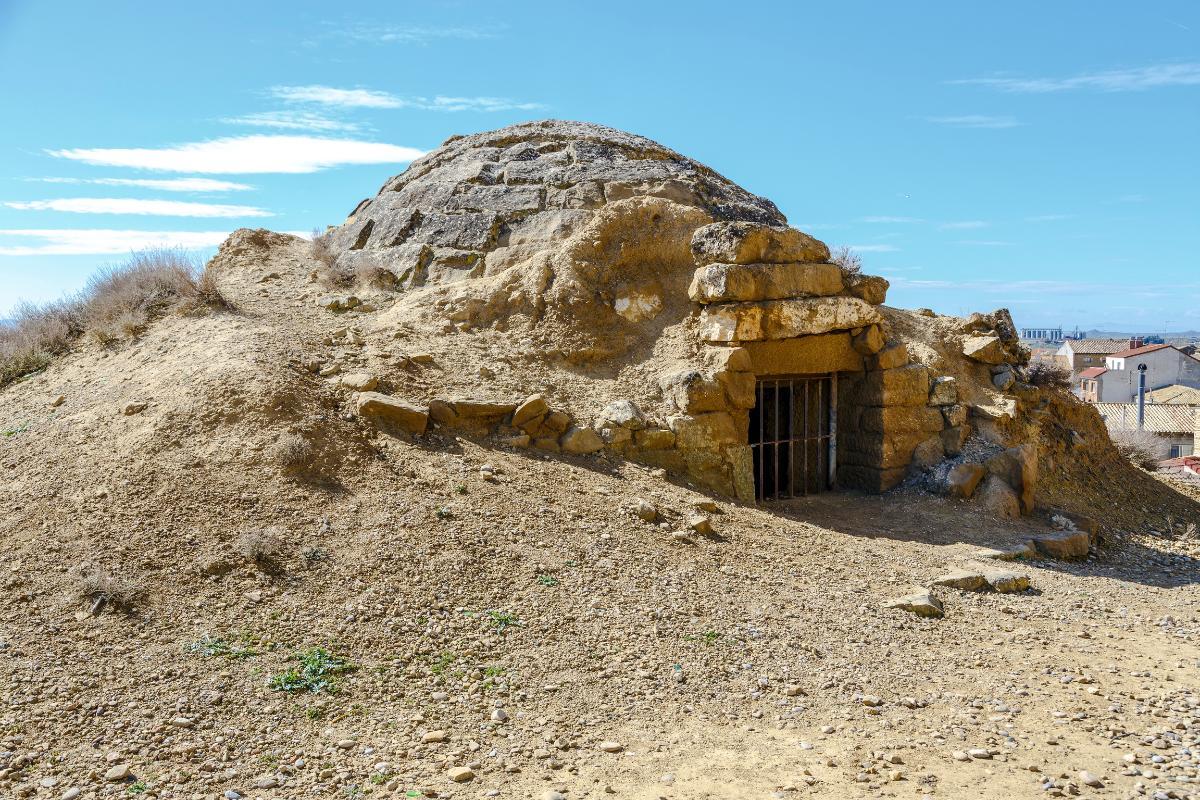What Is a Snowfield in Geography?


A snowfield is an accumulation of snow that persists throughout the year, even during warmer periods and the absence of snowfall. The snow falls on top of ice, partly why it is able to remain even in these more temperate periods. While some may see them simply as a field of snow, these geographic features have been very important to various civilizations over the years. For example, ancient civilizations have used snowfields as ersatz refrigerators for food. In addition to their historical and cultural importance, snowfields are climate indicators and help us to observe changes over time.
At thedailyECO, we find out what is a snowfield in geography? We look at the formation of snowfields and their uses.
What is a snowfield?
Also known as a neve, a snowfield is a permanent accumulation of snow on top of ice which occurs in mountainous areas. This is part of glacial terrain and usually occurs above the snowline, i.e. the boundary between snowy terrain and the snow-free land below it. This height is believed to contribute to the fact that snowfields can remain even when the temperatures increase during the warmer months.
Generally, snowfields are found on the slopes of high mountains. This allows them to be protected in the shade from direct sun exposure. Snow is capable of accumulating in these places thanks to a series of specific conditions such as the orientation of the terrain, altitude and shade.
Learn more about the different types of snow with our related article.

Snowfields as refrigerators
While the evidence to support the specifics is scant, there are some historical accounts which have suggested the use of snowfields as natural refrigerators. Since they are permanent, they can provide consistent low temperatures to store perishable food items. This is a process which has been rendered irrelevant by home refrigeration, but it may have been important for less technologically developed societies.
This is a similar process to the use of underground caves for refrigeration. These cool areas allowed to keep food in low temperatures and protect them from scavenging animals. The entrances to these natural iceboxes were above and covered with wood or stones to act as a door.
Snow has been widely used since ancient times and its various uses include:
- The preservation of perishable foods
- Cooling beverages
- Preparation of foods such as sorbets and ice cream
- Preservation of ice for therapeutic purposes

Why are snowfields important?
Snowfields are of great importance as they are part of the cultural and ethnographic heritage of various populations. In turn, they are valuable sites for the scientific community. Here are some examples of why iceboxes are important for geography:
- Preservation of perishable foods: in the past, the refrigeration methods that we know today did not exist, so refrigerators were of vital importance to preserve perishable foods, allowing them to be kept fresh during the warmer seasons.
- Cultural assets: artificial snowfields have witnessed the cultural history of various societies and today are part of their heritage. Likewise, these constructions and ways of conserving snow have been passed down from generation to generation, contributing to the cultural identity of the communities.
- Climatic indicators: snow conservation in snowfields is a crucial climatic indicator to evaluate the impacts of climate change. Decreased snow accumulation in these areas provides concrete data on the speed and magnitude of current climate changes. Learn more about how ecosystems are affected by climate change with our article on the different types of environmental impact.
- Record of climatic variations: snowfields offer a tangible reference point to understand the transformations in climatic patterns over the centuries. Its study in geography, geology and other sciences provides valuable information to understand the climatic conditions of the past and analyze those of the present. Here you can learn about the different types of climate in the world.
- Unique ecosystems: natural snowfields are part of ecosystems found in high mountains. Their conservation is crucial since it contributes significantly to the water cycle and the preservation of the biodiversity that characterizes these mountainous regions.
- Unique habitats: in these ecosystems there are various species of animals and plants that throughout evolution have achieved adaptations to exist in environments surrounding the snowfields. These habitats can be affected by changes in climate, since they can modify the amount of snowfall and its duration.
- Sites of tourist interest: snowfields can attract tourists, contributing to the regional and local economy in doing so.
Now that you know better what snowfields are, you may want to learn more about geographic snow features. You can do so with our articles on what is a glacial moraine and what are icebergs?
If you want to read similar articles to What Is a Snowfield in Geography?, we recommend you visit our Environment (other) category.
- Sorondo, AA (2010). “Neveros de Navarra. Conservation and trade of snow and ice. Notebooks of ethnology and ethnography of Navarra, 42 (85), 5-42.
- Terrén Cervera, A. “Refrigerators, wells of snow or ice.” Water, life and landscape in the regions of Andorra-Sierra de Arcos and Bajo Martín (annex of the Andorra and Rujiar Magazine).







